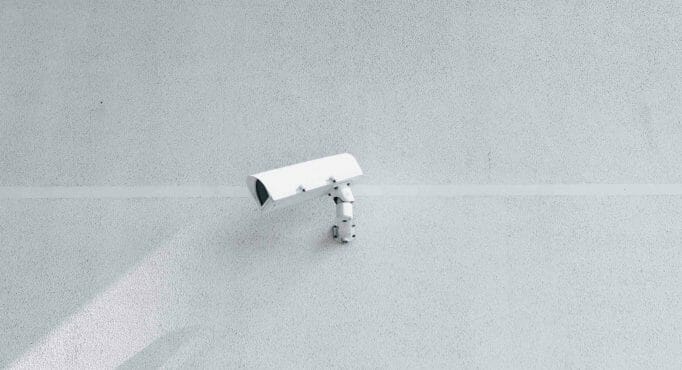Despite the high-tech features of modern security cameras, they are still vulnerable to bugs. Working as a security installer, I get a lot of calls about video issues and reflections and glare on the videos that turn out to be nothing more than a bug falling in love with a camera lens.
Bugs can be a nuisance for security cameras as they tend to leave dirt on the lens and sometimes even break it. While there are many ways to protect your camera from bugs, you must balance the method with the risk because of how fragile camera lenses may be.
Below we cover the best methods to keep bugs away from your security camera.
Dryer Sheets
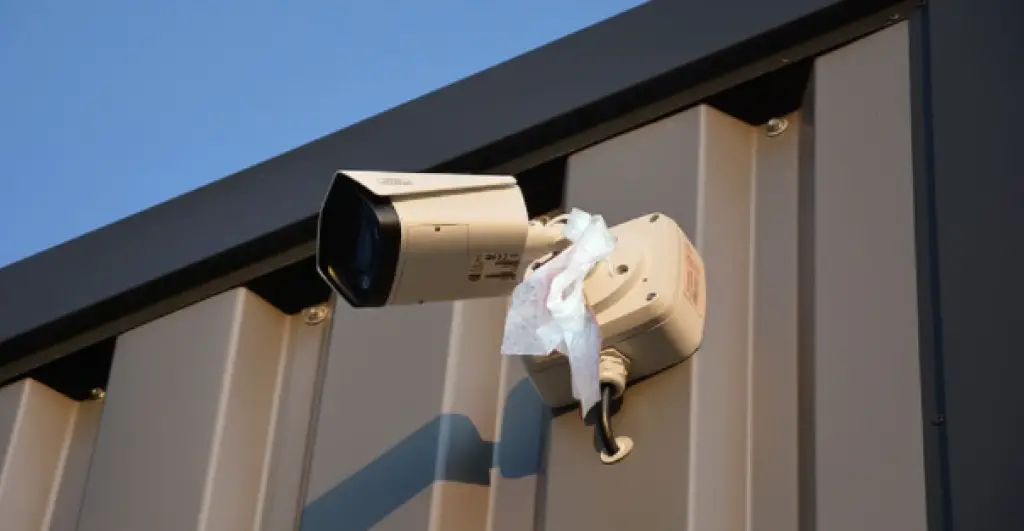
The strong smell of dryer sheets has been known to keep bugs away. Certain types of dryer sheets work well in keeping away bugs. They contain a chemical called permethrin or linalool, which is an insecticide, and it works by killing the parasites on contact. (1, 2)
You can hang the dryer sheet on or behind the camera, making sure not to obstruct the view.
Use Bug Spray or Insecticide
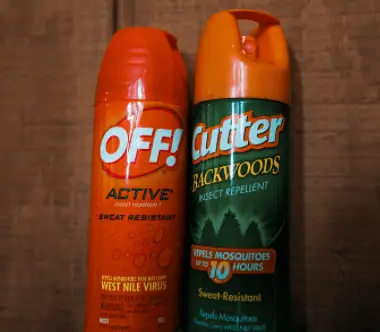
There are plenty of ways to prevent bugs from getting to your security cameras, and one of the best methods is spraying some bug spray or insecticide on the camera. This insecticide can last for up to 15 days and sometimes longer. Their effects can be diluted by rain and sun, so this is not a long-term solution and will have to be reapplied.
Step 1 – To use bug spray on a security camera, you will need a can with an atomizer nozzle and the bug spray; you may also need a ladder, depending on how high your camera is placed.
Step 2 – Make sure you put something over the lens, so the spray only covers the parts of the camera that are non-functional.
Step 3 – Then, you will need to point the atomizer nozzle at your camera and press the button until it sprays out a misty fog. Make sure only to get enough to cover the camera but not too much that it may damage or get on the lens.
Make sure you choose a bug spray for mosquitos and outdoor pests; remember, there are different types, so a spray for cockroaches may not be ideal for the outdoors.
Mix a Natural Repellent

The most common way to make a natural bug repellant is using essential oils. Most essential oils can be used for this purpose and have a strong smell that will keep bugs away. (3)
How To Make A Natural Bug Repellant:
1. Collect the following ingredients: 2 cups of water; 16 ounces of witch hazel; 4 fluid ounces of rubbing alcohol; 10 drops of lemon juice; 10 drops of lavender oil; 10 drops of tea tree oil;
2. Mix all the ingredients in a glass jar with a lid and shake well.
3. Apply sparingly to the camera, making sure to get every piece of the camera except the camera lens
This will act as a natural deterrent to insects.
Shut off the LED Lights
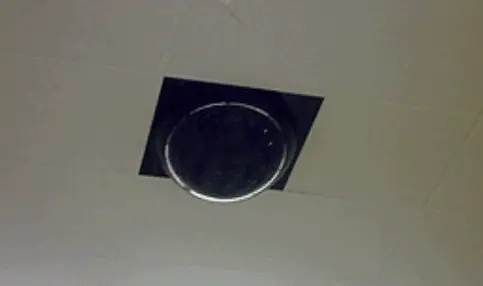
Every night, millions of insects get drawn to street lights. They fly towards the light and get trapped by their glow. They then die from the heat of the light and can leave corrosive remains.
Insects are attracted to LED lights because they emit a strong wavelength. LEDs provide a brighter and more intense light that is easier for insects to see their prey against the backdrop of darkness.
The easiest way to stop these issues is by turning off the recording LEDs. If your camera comes with a red always-on led to symbolize it’s on and you have a very large bug problem, you can take care of this by either putting some black electrical tape over the light or looking within your settings to see if there is an off switch.
Keep in mind though the red led on your camera does help slightly in deterrence by scaring off would-be burglars by showing off the camera system.
Use a Flea Collar
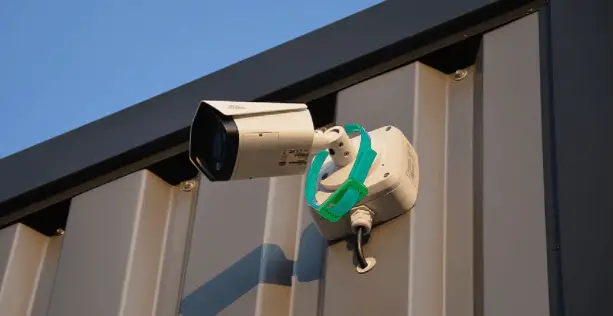
Flea collars work by emitting a synthetic pheromone, which attracts fleas and other insects to the collar and then kills them when they get close.
The application of sonic collars has spread from agricultural settings, where they are used to prevent infestation of pests like ticks and mosquitoes, into pest control for homes. The effectiveness of sonic collars in pest control has been proven in field trials.
Flea collars are highly effective in controlling fleas on a small scale because they emit a synthetic pheromone that attracts fleas. However, their effectiveness decreases with time as the concentration of the synthetic pheromone decreases.
These collars can easily be hung around your camera and can prevent more than just fleas, including mosquitos and other pests that can leave residue on your security camera.
Lubricate the Camera, So It’s Slippery
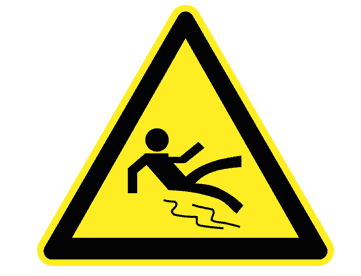
Lubricants have been around for decades and are used widely to reduce friction. Some new lubricants contain an all-natural ingredient called neem oil which is an effective natural repellant against insects. The neem oil extract irritates the bugs’ exoskeletons, making it painful to walk on surfaces coated with this oil.
Not only this, but they can also make the surfaces of certain things impossible to crawl over. One type of lubricant for this specific purpose is petroleum jelly. With the jelly placed over the camera, shell bugs cannot stay on the camera and end up slipping off at every attempt.
Use a Bug Deterrent fan.
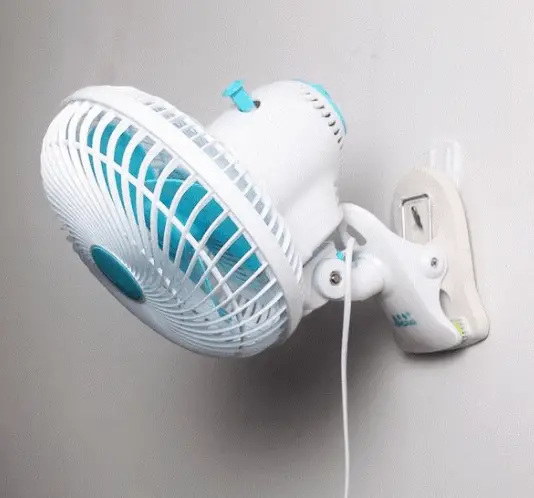
Using a fan and installing it behind the camera can cause enough resistance and air pressure to blow some bugs away and prevent them from even setting foot on a camera.
There are special types of fans back expressly for this purpose. They are smaller and called bug deterrent fans. You can wire these fans into the back of your camera to ensure it is constantly on.
Put Up a Bug Lamp
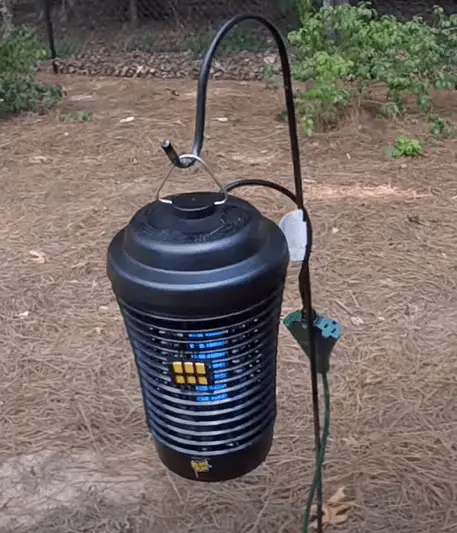
Bug lamps are a type of lamp that uses ultraviolet light to kill pests like mosquitoes, bedbugs, and other tiny flying insects. These can be put up in the general area of your house and act as a draw to all bugs in the area, keeping them away from your security cameras.
This lamp is commonly used in outdoor areas where pests are a major concern. Bug lamps can be located in open spaces such as gardens and playgrounds to kill insects or even inside a building where bugs can roam freely.
It is important to note that bug lamps do not use UV light to hurt humans. If you placed your hand just above the bug lamp while it was on, no damage would occur to your skin.
Regularly Clean Your Cameras
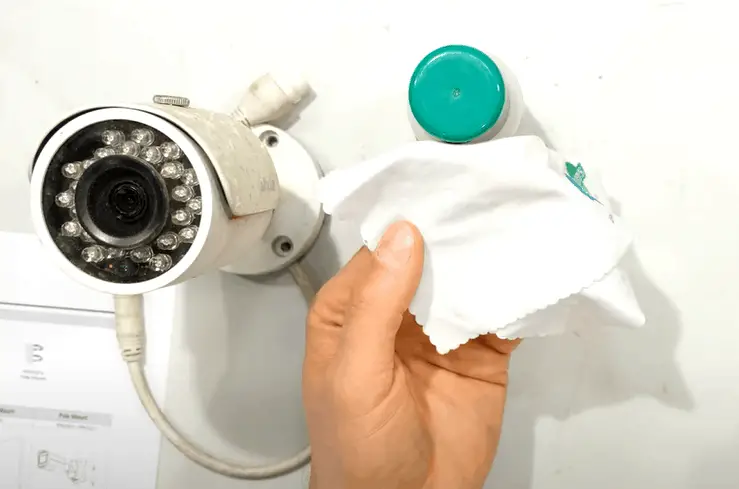
Regularly cleaning your camera lenses can help you get better pictures. You can also prevent any problems with blurry photos from different bugs and insects getting stuck on them.
It would be best to clean your camera lenses at least once every month. This will ensure that there are no dust, dirt, or other materials that could interfere with the quality of your pictures. You can use a soft cloth or buffing brush to clean it. Alternatively, it would be best to consider using a camera lens cleaner and anti-fog spray for immediate cleaning.
References:
(1) permethrin – https://www.sciencedirect.com/topics/medicine-and-dentistry/permethrin
(2) linalool – https://pubchem.ncbi.nlm.nih.gov/compound/Linalool
(3) essential oils – https://www.healthline.com/nutrition/what-are-essential-oils

